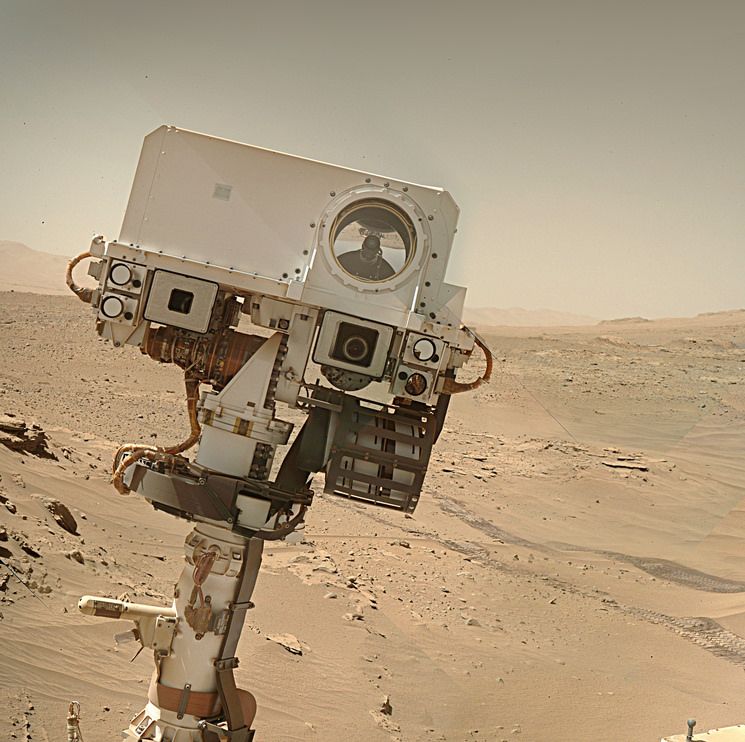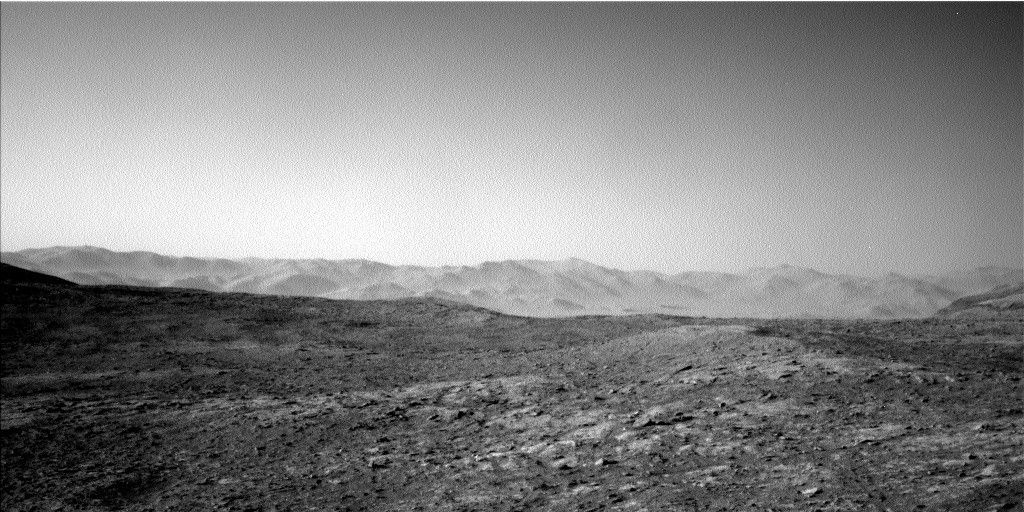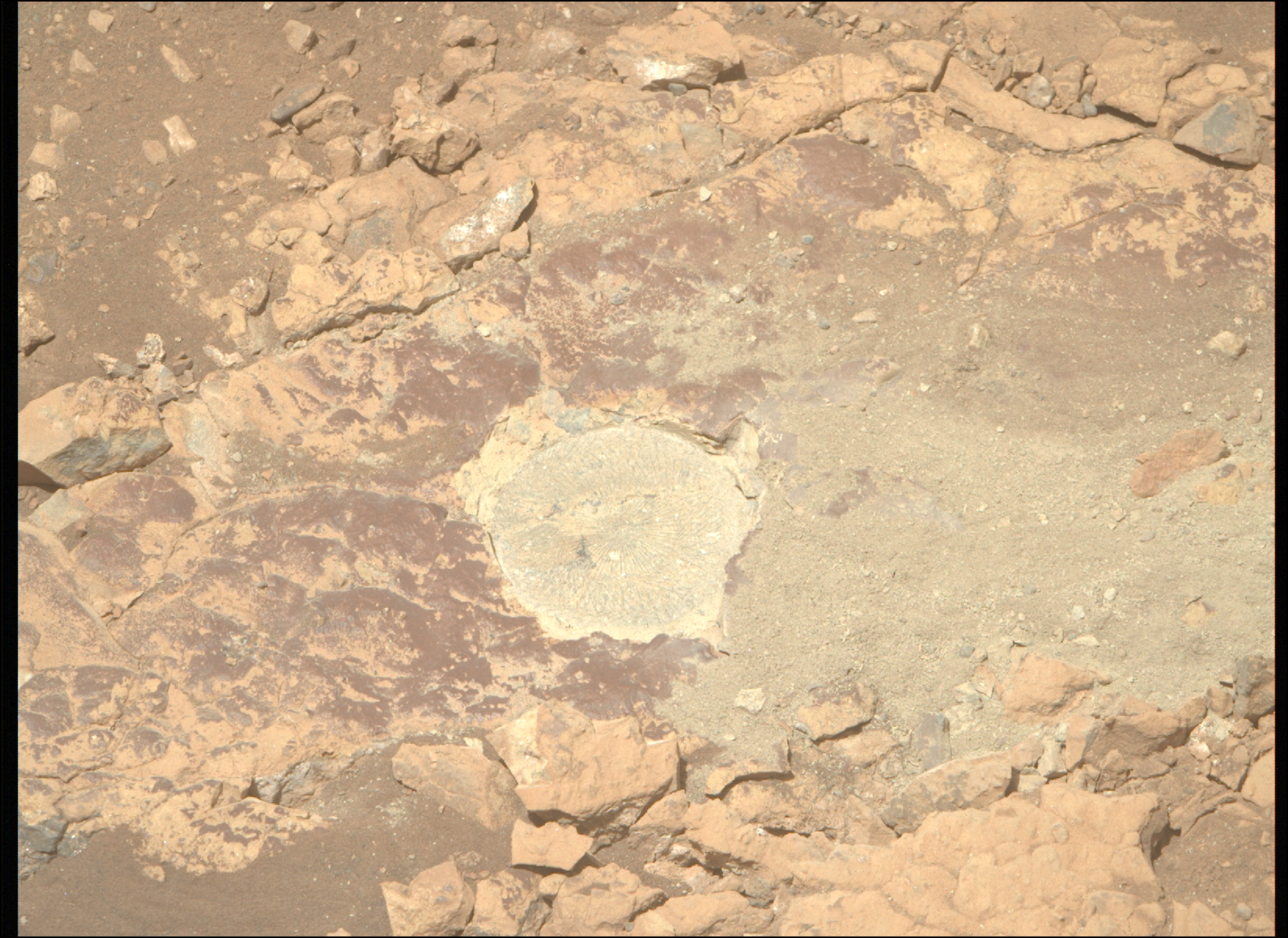

Nice animation :) Definitely an improvement on the earlier attempt, we see still see some some fracturing, but a lot less movement (side-to-side) movement of the drill (maybe more down-force on the support pillars?). We’ll have to wait for the post abrading images after they move the turret away from the site so see what they have achieved. Whatever the results of this abrasion the fact that it readily breaks up, attempts to retain a core will likely be difficult.





Not looking good. Sol 1548 NavCam tile (processed (NASA/JPL-Caltech)
Third time’s a charm? Or time to move on? I’d say go for it again